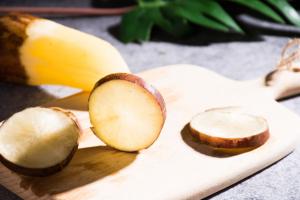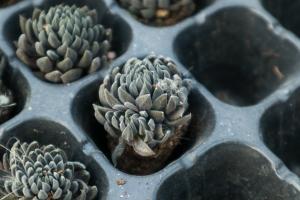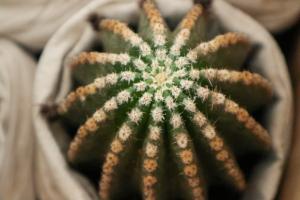How to Care for a Peace Lily Plant Indoors
Peace lilies are beautiful and easy-to-care-for plants that can thrive indoors. They are well-suited for home and office environments and will add to the ambiance of any space. If you're considering caring for a peace lily plant indoors, there are some important things to keep in mind. In this article, we'll provide you with a guide on how to care for a peace lily plant indoors.
1. Light and Temperature
Peace lilies prefer bright, indirect light, but they can also tolerate low light conditions. However, if they are not receiving enough light, their leaves will start to droop. On the other hand, if they are receiving too much sunlight, their leaves may turn yellow or brown. It's important to find the right balance. Also, peace lilies require a temperature range of 65-80掳F (18-27掳C) to thrive.
2. Watering
Overwatering and underwatering are both common mistakes when growing peace lilies. You should water your plant when the top inch of soil is dry to the touch. Be sure not to let the soil dry out completely or leave it too wet. Peace lilies do not like standing water, so make sure to drain excess moisture from the pot after watering.
3. Soil and Fertilizer
Peace lilies prefer a well-draining soil mixture that is nutrient-rich. You can use a potting mix that contains perlite or vermiculite. You should also fertilize your peace lily plant once a month during its growing season (spring and summer). A balanced fertilizer or a fertilizer that is high in nitrogen will work well.
4. Pruning and Repotting
Pruning your peace lily plant can help it look fuller and healthier. Remove any yellow or brown leaves, as well as any spent flowers. If your peace lily plant has outgrown its current pot, you should repot it. Repotting should be done every 1-2 years, and you should use a slightly larger pot with fresh potting soil.
5. Pests and Diseases
Peace lilies are generally resistant to pests and diseases. However, they can attract spider mites, mealybugs, and scale insects. If you notice any of these pests on your peace lily plant, you can simply wipe the leaves with a damp cloth or use an insecticidal soap. Additionally, root rot and leaf spot can occur if the plant is overwatered or has poor drainage.
In conclusion, caring for a peace lily plant indoors is easy if you keep in mind the plant's basic requirements. Remember to provide it with the right amount of light and temperature, water it appropriately, use a nutrient-rich soil mixture, and prune it regularly. With these simple tips, you can enjoy a beautiful and thriving peace lily plant in your home or office.

 how many times do yo...
how many times do yo... how many planted tre...
how many planted tre... how many pine trees ...
how many pine trees ... how many pecan trees...
how many pecan trees... how many plants comp...
how many plants comp... how many plants can ...
how many plants can ... how many plants and ...
how many plants and ... how many pepper plan...
how many pepper plan...































